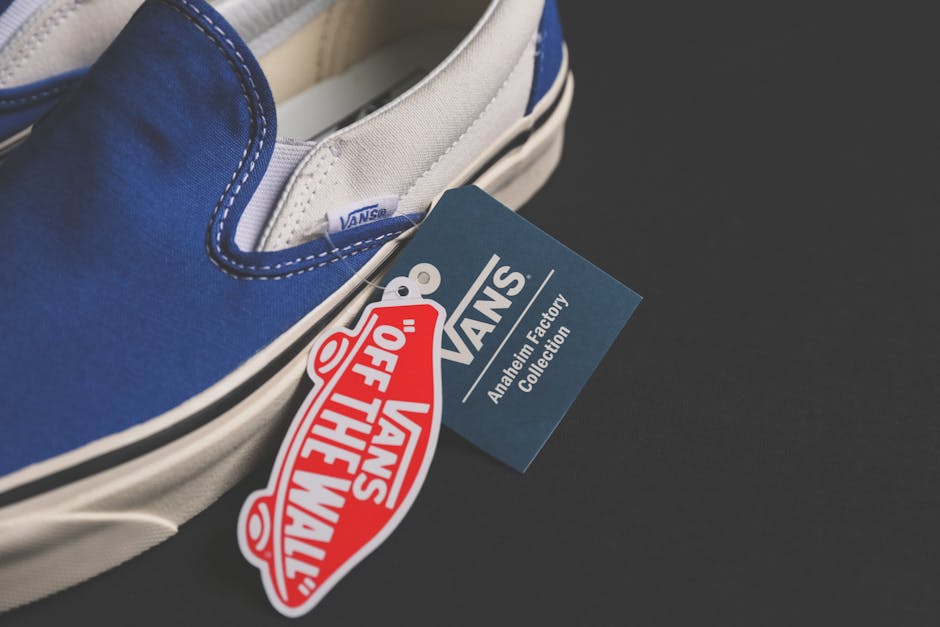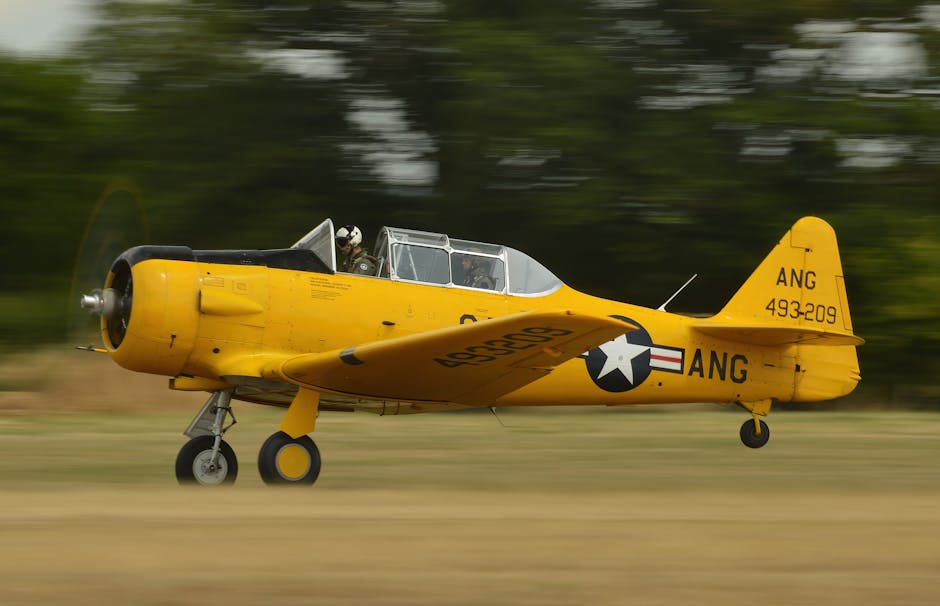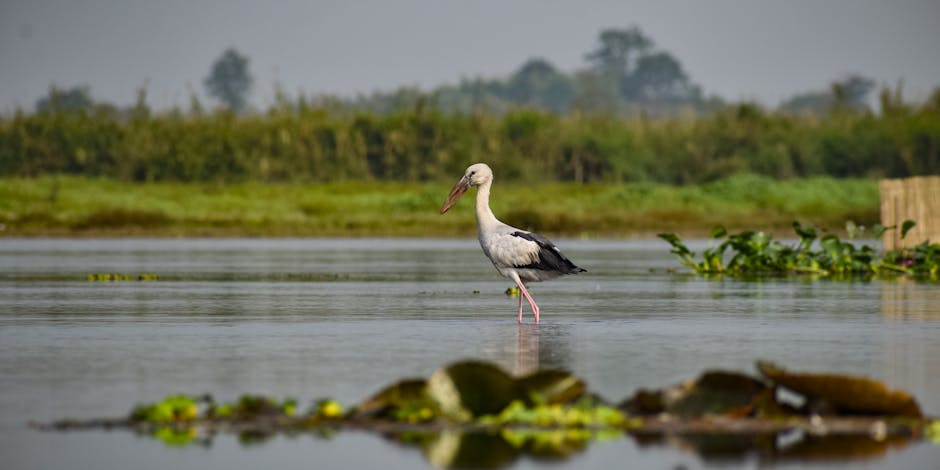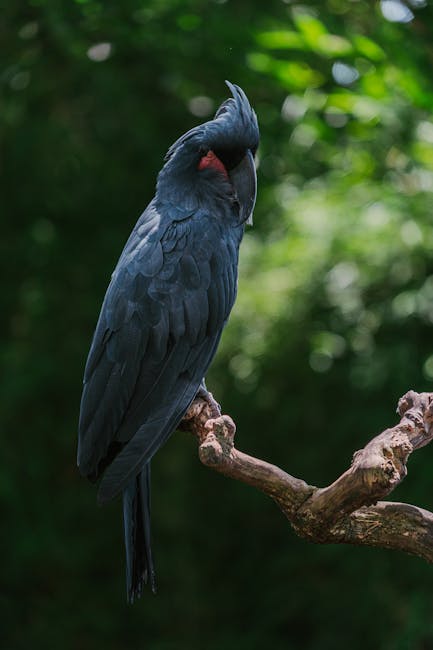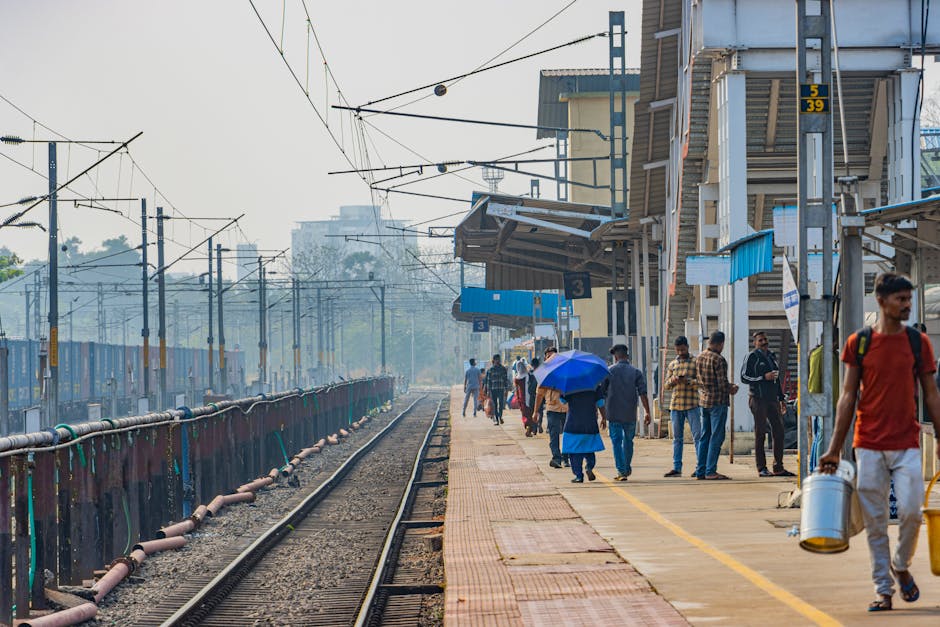-
Denmark Reaffirms Sovereignty: Denmark’s Prime Minister Mette Frederiksen asserted that Greenland cannot be annexed, rejecting US suggestions even under the guise of national security.
-
US Interest in Greenland: The US shows interest in Greenland due to its strategic location (Pituffik Space Base for missile defense, shortest route between North America and Europe) and rich mineral resources, including rare earth minerals.
-
Trump’s Pursuit & Greenland’s Response: Former President Trump previously sought control of Greenland, angering both Greenland and Denmark. Greenland’s political parties have since formed a coalition partly in response to these external pressures.
-
Danish Defense of its Alliance: Frederiksen defended Denmark’s reliability as a NATO ally, citing investments in US businesses, increased defense spending, and Arctic security cooperation.
-
Criticism of US Approach: Frederiksen questioned the US approach of “pressure and threats,” highlighting the importance of the established world order and transatlantic relations.
-
Call for Collaboration: Denmark advocates for collaborative efforts with the US to strengthen Arctic security, rejecting unilateral annexation.
-
Greenland’s Autonomy: Greenland is an autonomous territory within the Kingdom of Denmark, with self-government and its own Parliament, pushing for eventual independence.
-
US VP Visit: A week before the article’s publication, US Vice President JD Vance visited a US military base in Greenland, accusing Denmark of underinvesting in the territory, which Prime Minister Frederiksen later contradicted.
05.04.25
GI Tags: Tomato Chilli & Kannadippaya
- GI Tag Awarded: Warangal Chapata Chilli (Tomato Chilli) from Telangana and Kannadippaya handicraft from Kerala receive Geographical Indication (GI) tags.
-
Why it matters: Recognition protects the unique characteristics and origin of these products, boosting their marketability and preserving traditional knowledge. India’s GI registry now exceeds 600 products.
-
Warangal Chapata Chilli (Tomato Chilli):
- Telangana’s 18th GI-tagged product, 3rd in agriculture after Banaganapalli Mango and Tandur Red Gram.
- Named for its bright red color and tomato-like shape.
- Less spicy but flavorful due to capsicum oleoresin properties.
- Three types: Single Patti, Double Patti, and Odalu.
- Cultivation dates back 80+ years, with Nadikuda potentially being the oldest source.
- Unique soil, water, and weather contribute to its distinct characteristics. Farmers expect price increase from ₹300 to ₹550 per kilogramme.
-
Kannadippaya:
- First tribal handicraft product from Kerala to get a GI tag.
- Craft preserved by tribal communities in Idukki, Thrissur, Ernakulam, and Palakkad districts.
- “Mirror mat” with a reflective pattern.
- Made from reed bamboo (Teinostachyum wightii).
- Provides warmth in winter and cooling in summer.
-
GI Application Filed by: Thimmampet Chilli Farmer Producer Company Limited and other institutions.
Hansa-3 Trainer Aircraft
-
Cleared for pilot training: The indigenously developed Hansa-3 trainer aircraft is now approved for training aircrew to obtain pilot licenses. This is significant as it opens up opportunities for domestic pilot training using a locally manufactured aircraft.
-
To be manufactured in India: Private industry will now manufacture the Hansa-3 in India. This marks a move towards greater self-reliance in aircraft production and supports the “Make in India” initiative.
-
India’s first indigenous flying trainer: Hansa-3 is the first flying trainer aircraft designed and developed in India. This is a milestone for the Indian aerospace industry.
-
Developed by CSIR-NAL: The aircraft was designed and developed by CSIR-National Aerospace Laboratories (NAL), Bangalore, under the Council of Scientific and Industrial Research (CSIR). This highlights the role of national research labs in advancing indigenous technologies.
-
Designed for Indian flying clubs: The Hansa-3 is designed to meet the needs of Indian flying clubs and is suitable for Commercial Pilot Licensing (CPL). This makes it a practical solution for pilot training in India.
-
Cost-effective: Its low cost and fuel consumption make it an ideal aircraft for CPL training. These factors can make pilot training more accessible.
-
Key features: Two-seater, low-wing, Rotax Digital Control Engine, Just-In-Time Prepreg (JIPREG) Composite lightweight Airframe, Glass Cockpit, Bubble Canopy with wide panoramic view, electrically operated flaps, advanced electronic fuel injection system. These features contribute to its performance, safety, and efficiency.
NEET Bill Vetoed
- President Withholds Assent: President Droupadi Murmu has withheld assent to Tamil Nadu’s Anti-NEET Bill.
- Bill’s Purpose: The Bill, passed in 2021, sought exemption from NEET for undergraduate medical admissions in Tamil Nadu, favoring Class 12 marks.
- Reasoning for the Bill: Tamil Nadu argues NEET disproportionately affects disadvantaged students.
- Union Government’s Role: The President’s decision was based on the recommendations of the Union government.
- State Government’s Reaction: Chief Minister M.K. Stalin criticized the Union government’s decision, accusing it of disregarding the State’s explanations.
- Next Steps: Tamil Nadu government will consult legal experts and hold a meeting of legislature party leaders on April 9th to discuss the next course of action.
- History of the Bill: The Bill was initially returned by the Governor for reconsideration, then re-adopted by the Assembly and sent to the Union government.
- Tamil Nadu’s Stance on NEET: The state believes NEET undermines social justice by disadvantaging rural and underprivileged students who cannot afford coaching.
- Previous Admission system in Tamil Nadu: Admissions in medical education were based on Class XII marks. This system was introduced by Kalaignar [M. Karunanidhi].
- Alternative Preference: Tamil Nadu favors admissions based on Class 12 marks to ensure equal opportunities for all, especially those from rural backgrounds.
NITI NCAER States Economic Forum Portal
-
Launch: The Union Finance Minister launched the “NITI NCAER States Economic Forum” portal.
-
Development: A collaboration between NITI Aayog and the National Council of Applied Economic Research (NCAER).
-
Data Scope: Provides 30 years (1990-91 to 2022-23) of state-level data covering demography, economy, fiscal indicators, health, and education.
-
Four Key Components:
- State Reports: Macro and fiscal summaries for 28 states.
- Data Repository: Database categorized under demography, economic structure, fiscal indicators, health, and education.
- State Fiscal and Economic Dashboard: Graphical representations of key economic variables.
- Research and Commentary: Analysis of state finances and fiscal policy.
-
Significance:
- Benchmarking Tool: Facilitates comparison of states against each other and the national average.
- Policymaking Aid: Supports data-driven policy decisions with historical trends and real-time analytics.
- Centralized Research Hub: Provides a single platform for researchers, policymakers, and stakeholders to access consolidated long-term data.
Koch-Rajbongshis Community
- Assam Government to Withdraw Foreigner Tribunal Cases: The Assam government will withdraw cases against members of the Koch-Rajbongshi community pending in Foreigners Tribunals. This will benefit at least 28,000 people.
- Removal of “D Voter” Tags: The government will consider removing “D voter (doubtful voter)” tags from the voters’ lists of affected Koch-Rajbongshi individuals.
- Reasoning: Many of these cases involve individuals with surnames common within the Koch-Rajbongshi community who have had to prove their Indian citizenship.
- Koch-Rajbongshi Identity: The Koch-Rajbongshi community is an indigenous ethnic group primarily residing in Assam, West Bengal, and Meghalaya, comprising the Koch and Rajbongshi groups.
- Historical Context: The Koches historically ruled parts of Assam, Bengal, and Bihar. The Rajbongshis were originally part of the Koch dynasty but developed a distinct identity.
- Demand for ST Status: The community is seeking recognition as a Scheduled Tribe in Assam and other states for access to government welfare and legal protections.
- Current Status: The Koch-Rajbongshi community is currently recognized as Other Backward Class (OBC) in Assam.
Cauvery Sanctuary
-
Location: Chamarajanagar and Ramanagara districts of Karnataka, India. Adjoins Dharmapuri forest division of Tamil Nadu on its east.
-
Establishment: Established in 1987.
-
Area: 1027.535 square kilometers.
-
Riverine Ecosystem: The Cauvery River flows through the sanctuary.
-
Forest Type: Predominantly South Indian dry deciduous forests.
-
Fauna: Home to diverse mammals including elephants, leopards, wild boars, dholes, deer, antelopes, langurs, macaques, honey badgers, giant squirrels, and otters. Also houses reptiles like Mugger crocodiles and turtles. An important habitat for the Mahseer fish.
-
Key Attractions: Hogenakkal Falls, Mekedatu, Sangam, and Muthathi are culturally and historically significant locations within the sanctuary.
China US Tariffs
- China Imposes Reciprocal Tariffs: China has levied a 34% tariff on selected imports of US goods.
- Retaliation: This action is a direct response to the US imposing tariffs on Chinese goods, signaling a trade war escalation.
- Purpose of Tariffs: Tariffs are taxes on imported goods, used to raise revenue, protect domestic industries, or retaliate against other countries’ trade policies.
- Specific Tariff: A fixed fee levied per unit of imported goods (e.g., $5 per ton).
- Ad Valorem Tariff: A tariff calculated as a percentage of the imported good’s value (e.g., 10%).
- Reciprocal Tariff Defined: This involves countries imposing tariffs on each other to counteract trade barriers and strive for equitable trade.
- MFN (Most Favored Nation): A country must apply the same tariff rates to all WTO member nations.
- WTO’s Role: The WTO regulates tariffs under GATT and provides a framework for resolving trade disputes related to tariff implementation.
Rare Pale-chinned Flycatcher Spotted In Arunachal’s Nong Loung Forest
-
Rare Sighting in Arunachal Pradesh: The Pale-chinned Flycatcher (Cyornis poliogenys) was recently observed in the Nong Loung (Bor Beel) forest area of Namsai district. This is noteworthy because it adds to the documented avian diversity of the region.
-
Description: It’s a small, insect-eating songbird. Males have dull blue upperparts and a greyish throat, while females are duller with more brown. A key feature is its pale chin.
-
Habitat Preference: Prefers dense, moist evergreen and semi-evergreen forests with rich undergrowth.
-
Distribution: Found in India (Eastern Ghats, Northeast states, Eastern Himalayas, West Bengal), Bangladesh, Bhutan, Myanmar, and parts of Southeast Asia.
-
Conservation Status: Listed as “Least Concern” on the IUCN Red List.
Indian Railways Reform: Key Highlights
For Prelims:
- Comptroller and Auditor General (CAG): Recent audit report highlighted concerns in Indian Railways’ functioning.
- KAVACH: Indigenous Train Collision Avoidance System; deployment planned across 37,000 km of railway lines, but only 1465 km covered till Feb 2024.
- Vande Bharat Train: Features quick acceleration, automatic doors, and onboard facilities.
- Hydrogen Train: Plans to run 35 hydrogen trains under Hydrogen for Heritage program.
- Dedicated Freight Corridors (DFCs): Aim to lower logistics costs. Eastern DFC is fully operational, Western nears completion.
- Extra-Budgetary Resources (EBRs): Railways’ dependence increases due to high operating ratio.
- Mission Raftar: Aims to increase train speeds, but goals not fully met.
- Rashtriya Rail Sanraksha Kosh (RRSK): Non-lapsable fund for safety-related projects, proposed by Kakodkar Committee.
For Mains:
- Significance of Railways for India:
- Lifeline for transport, economic integration.
- Supports industrial expansion, commodity transport.
- Major employer.
- Connects rural areas to markets.
- Greener transport option.
- Supports national security.
- Issues related to Indian Railways:
- High Operating Ratio: Limits resources for capital expenditure.
- Slow Infrastructure Development: DFC project delays and bullet train delays.
- Inadequate Safety Technologies: Slow KAVACH rollout.
- Slow Journeys: Average train speeds below target.
- Way Forward:
- Broaden freight portfolio for specialized goods.
- Upgrade infrastructure for high-speed rail (160-200 km/h).
- Develop multimodal logistics parks.
- Increase private sector participation in various areas.

